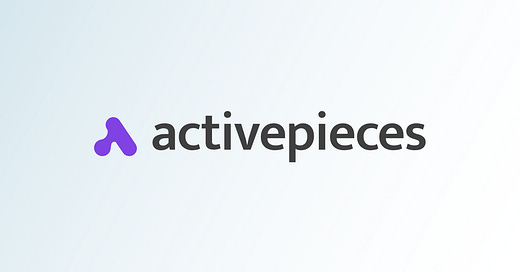How open source companies make money
6 ways open source companies make money • Active pieces, an open source alternative to Zapier • New projects including portrait animation, an API to ingest them all, a healthcare system, and Mongo on Postgres • Open vacancies at Supabase, Mozilla, a
Welcome to Open Pioneers #26 - your weekly update from the forefront of open source. Based on your feedback, I’ve updated the format a little bit. Please let me know what you think about it!
Today, we talk about:
6 ways open source companies make money
Active Pieces, an open source alternative to Zapier
New projects including portrait animation, an API to ingest them all, a healthcare system, and Mongo on Postgres
Open vacancies at Supabase, Mozilla, Orkes, Wundergraph, Daytona, and Grit
Since last week, we have welcomed 62 new Open Pioneers. 👋 If you like this week's post, it would make my day if you would share it with a friend or colleague.
🤔 6 ways open source companies make money
Open source software has revolutionized the tech industry by providing free, accessible tools for developers and businesses. However, you might be wondering how companies (and developers) actually make money with something that is freely available. Here are 6 ways to make money with an open source projects.
1. Donations
Many open source projects rely on the goodwill of their users for financial support. Platforms like Patreon, Open Collective, and GitHub Sponsors allow individuals and organizations to contribute financially to the development and maintenance of open source software. While donations can be a significant source of income for some projects, they are often unpredictable and may not provide a stable revenue stream.
2. Hosted Services
One popular way open source companies monetize is by offering a hosted version of their software. While the software itself remains free and open source, the company charges users for the convenience of a managed service. This model is particularly prevalent with complex software that requires significant setup and maintenance, such as databases, content management systems, and development tools. Examples include Red Hat’s OpenShift or Cal’s scheduling app.
3. Paid Support and Courses
Another revenue stream for open source companies is providing paid support and training services. Companies can offer technical support, troubleshooting, and consulting to businesses that use their software. Additionally, they can create and sell educational content, such as online courses, tutorials, and certifications, to help users better understand and utilize their software. This model ensures users have access to expert help while generating revenue for the company.
4. Open Core
The open core model involves offering a basic version of the software for free while charging for additional features, plugins, or services. This approach allows companies to maintain a strong community around the free version while monetizing the more advanced or enterprise-level functionalities. Examples of companies using the open core model include Grafana, Rancher, or Confluent (Apache Kafka).
5. Dual Licensing
Dual licensing allows companies to offer their software under two different licenses: one open source and one commercial. The open source license permits free use under certain conditions, while the commercial license is required for proprietary or commercial use. This model enables companies to benefit from community contributions and widespread adoption while generating revenue from businesses that need a commercial license. MariaDB and SugarCRM are well-known examples for using dual licensing.
6. Selling Related Products
Some open source companies create and sell complementary proprietary products or services. These can include hardware, proprietary software, or additional services that enhance the functionality of the open source project. This model allows companies to leverage their expertise in the open source space while diversifying their revenue streams. For example, Automattic (WordPress) offers premium themes, plugins, and hosting services.
🔍 Project spotlight
Active Pieces, an open source Zapier alternative
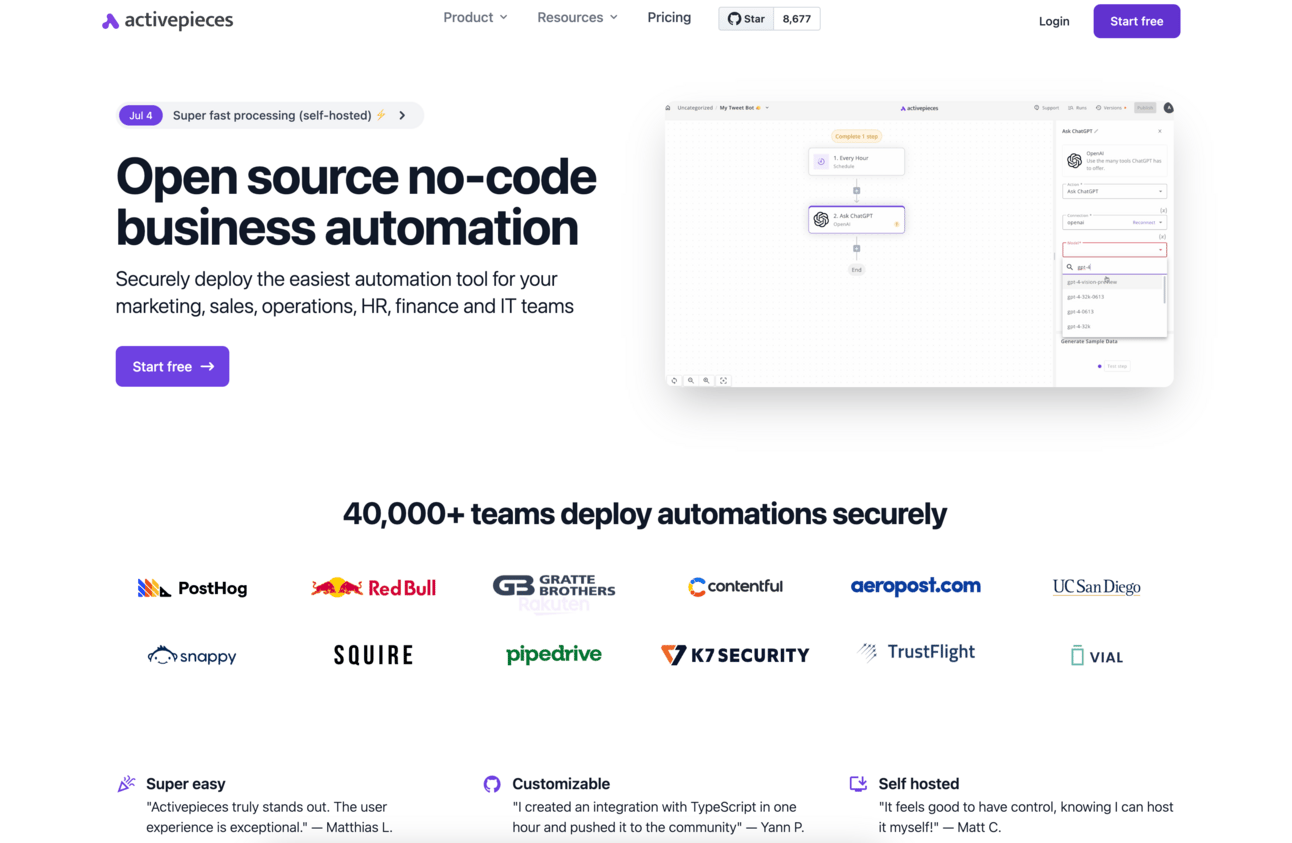
Active Pieces is an open source platform designed to make automation accessible for businesses and developers. It enables users to create workflows and integrations between various applications and services without needing extensive programming knowledge. Inspired by tools like Zapier and Integromat, Active Pieces aims to be more user-friendly and customizable due to its open source nature.
The platform offers a visual interface where users can create workflows by connecting different components through a drag-and-drop system. It supports a wide range of integrations with popular services and applications, allowing for automation across various domains. The open source aspect of Active Pieces allows users to inspect, modify, and extend the code, fostering transparency and customization.
Active Pieces was developed to address the limitations and high costs associated with proprietary automation tools. The creators wanted to democratize automation by providing an open source alternative that is accessible to smaller businesses and individual developers. This approach emphasizes flexibility and control, enabling users to build custom solutions tailored to their specific needs.
So far, over 40,000 teams are using Active Pieces and over 8,500 developers stared the project on GitHub.
🔥 New projects started last week
Portrait animation, an API to ingest them all, a healthcare system, and Mongo on Postgres
Bring portraits to life! Efficient Portrait Animation with Stitching and Retargeting Control.
github.com/KwaiVGI/LivePortrait
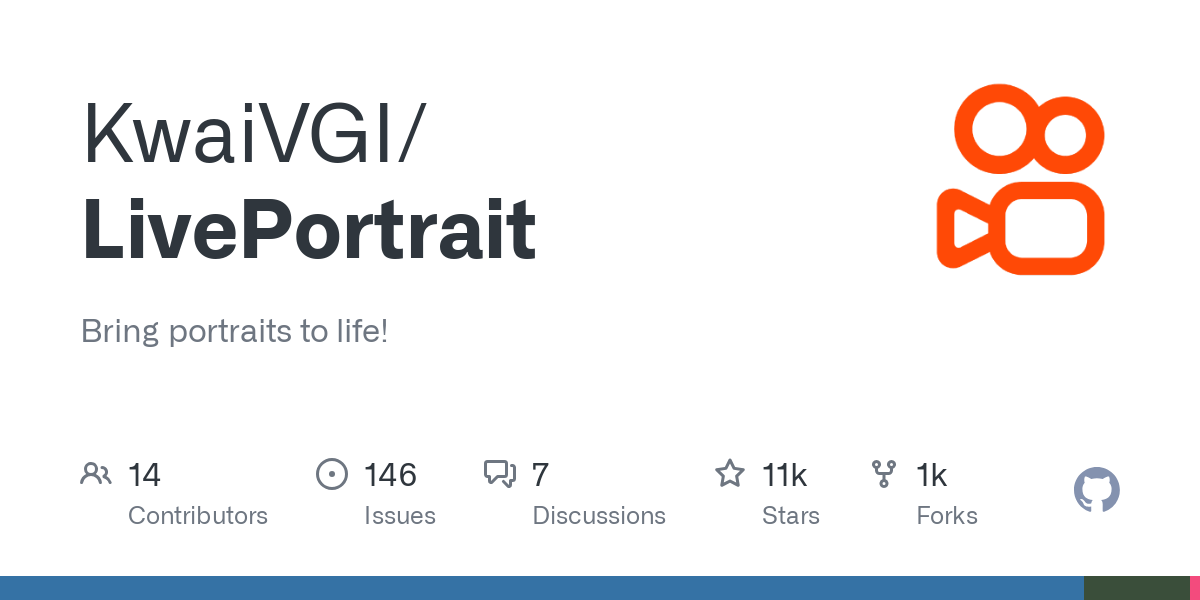
github.com/adithya-s-k/omniparse
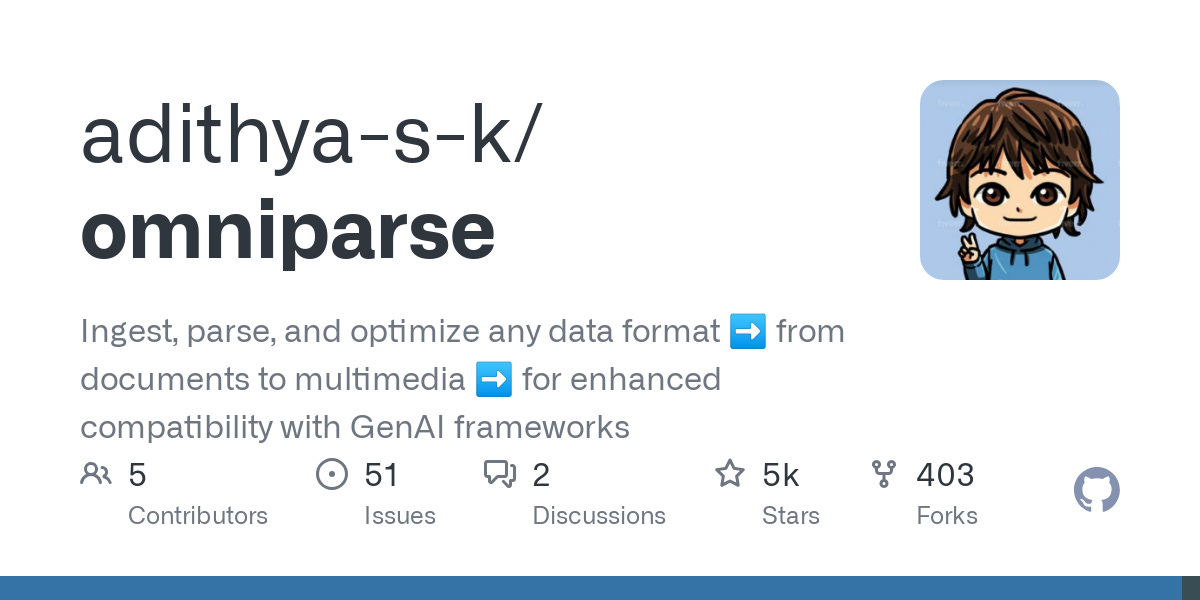
github.com/adrianhajdin/healthcare
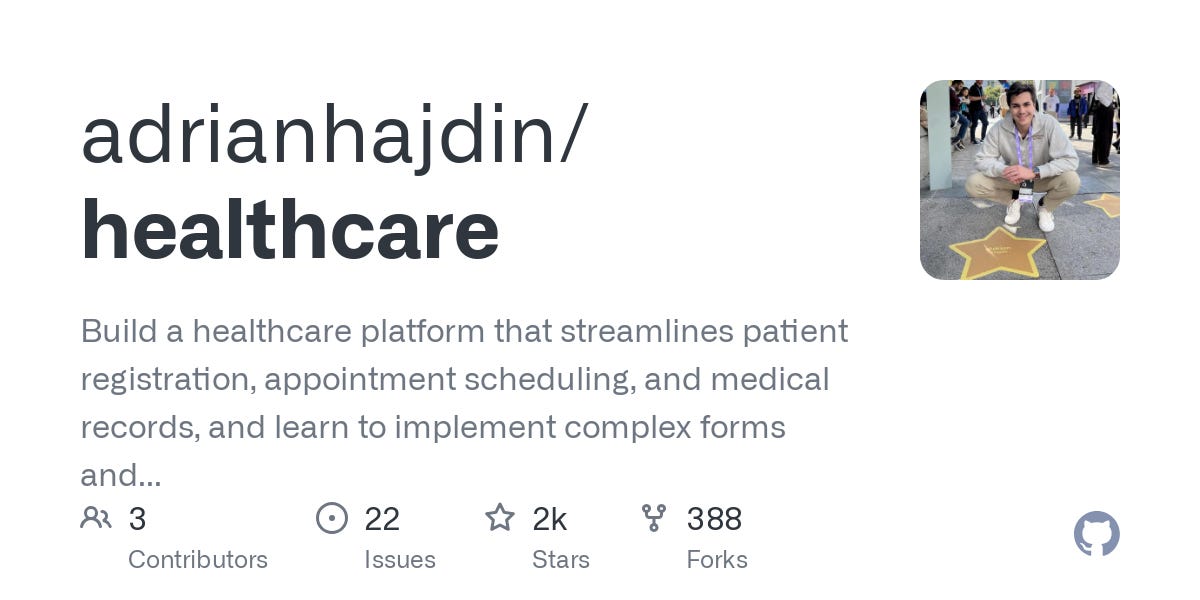
Mongo but on Postgres and with strong consistency benefits.
github.com/event-driven-io/Pongo
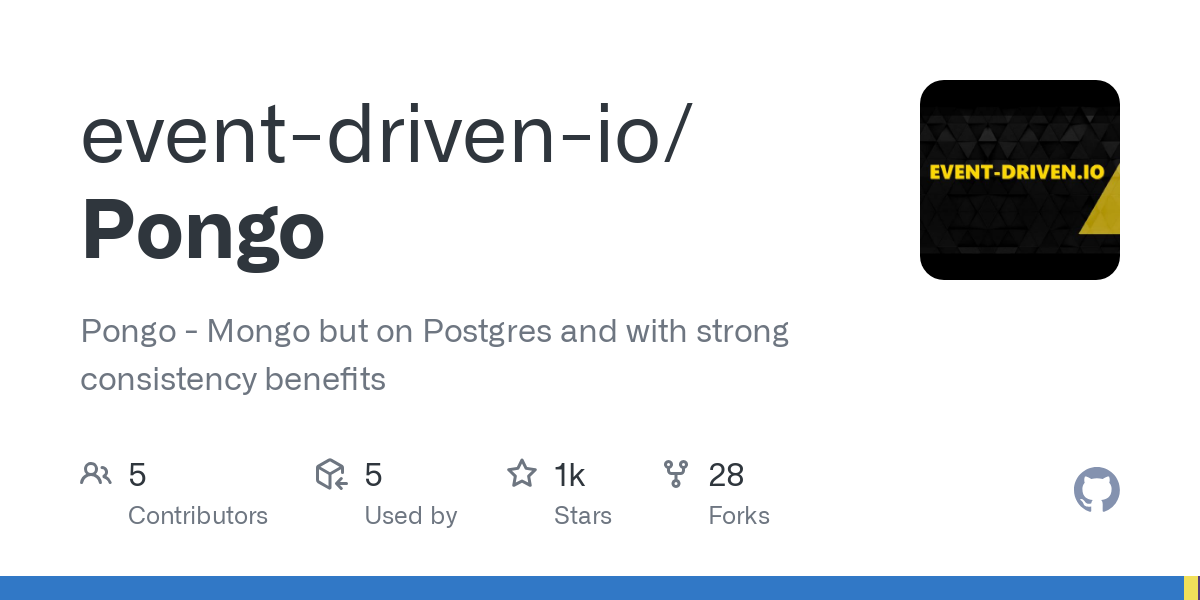
💼 Open source jobs
Open vacancies at Supabase, Mozilla, and more
As many of you have asked for it, I have decided to bring back this section. From now on, you will find a selection of open vacancies at hot open source companies in Open Pioneers.
Auth Engineer (Remote, Worldwide) at Supabase Apply
Senior Staff ML Engineer, Gen AI (Remote, US/Canada) at Mozilla Corporation Apply
Sr Developer Community Manager (Remote, US) at Orkes Apply
Senior DevOps Engineer (Remote, EMEA) at Wundergraph Apply
Product Lead (Remote, preferably NYC or Croatia) at Daytona Apply
Software Engineer (On-site, SF) at Grit Apply
If you’d like your job postings to be listed, fill out this form (100% free).
🔭 Open source social monitor
To all the ladies in open source
Powered by Octolens, AI-powered social listening. Easily monitor keyword mentions on platforms like X, Reddit, DEV, HackerNews or LinkedIn.
If I organized a (virtual) women in open source meetup, would anyone be interested in attending?
📚 More open source content
What I read last week
From doubt to trust: The journey of Cameroonian software developers in open source Link
The Python Linter Ruff Is a Win for Open Source — and Rust Link
Ethereum Co-Founder Comments on Fisker’s Bankruptcy, Urges Open Source Shift Link
What Counts as Open Source? Link
The 20 best open-source alternatives to popular software on Windows Link
Until next week,
Jonathan (@jonathimer)


